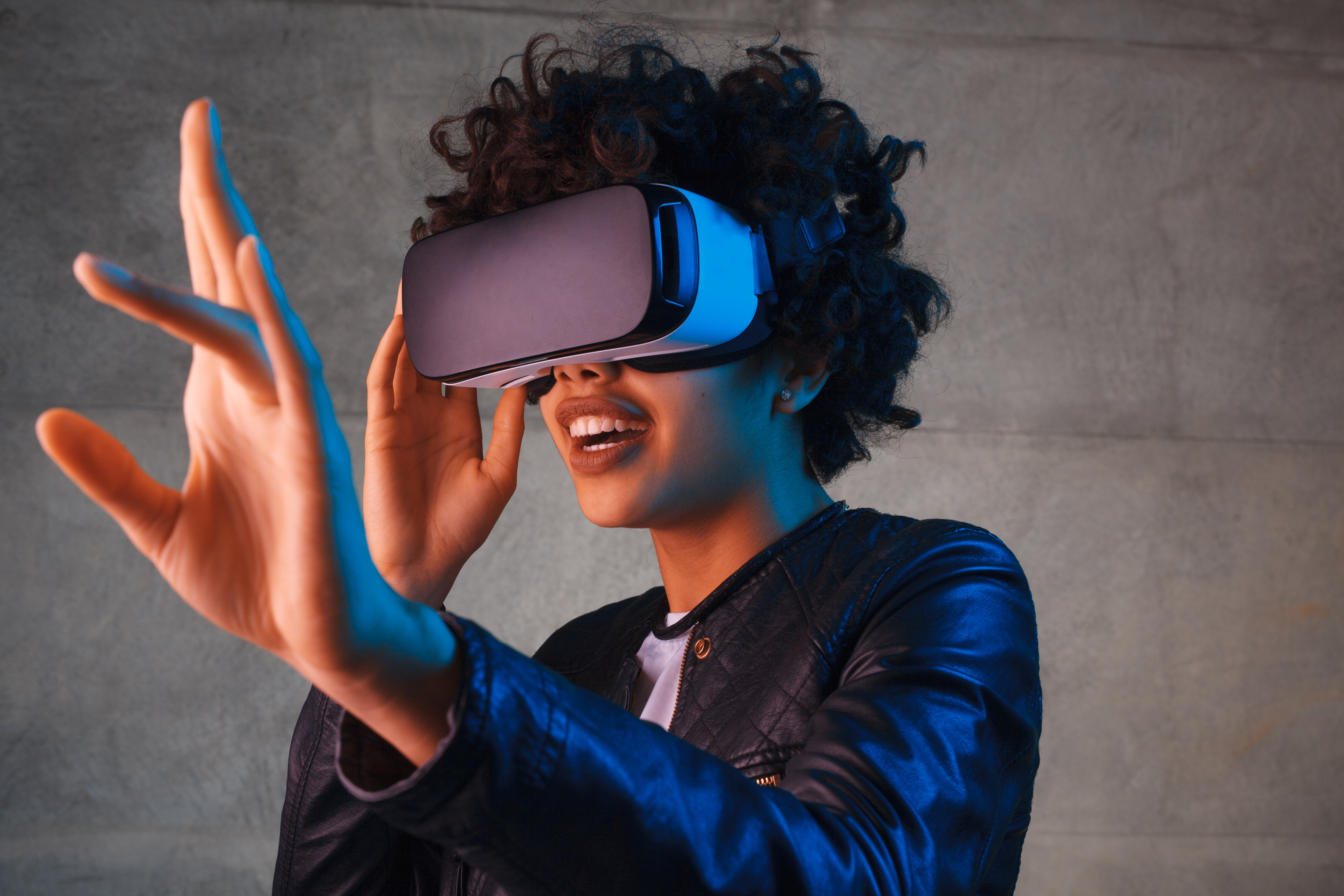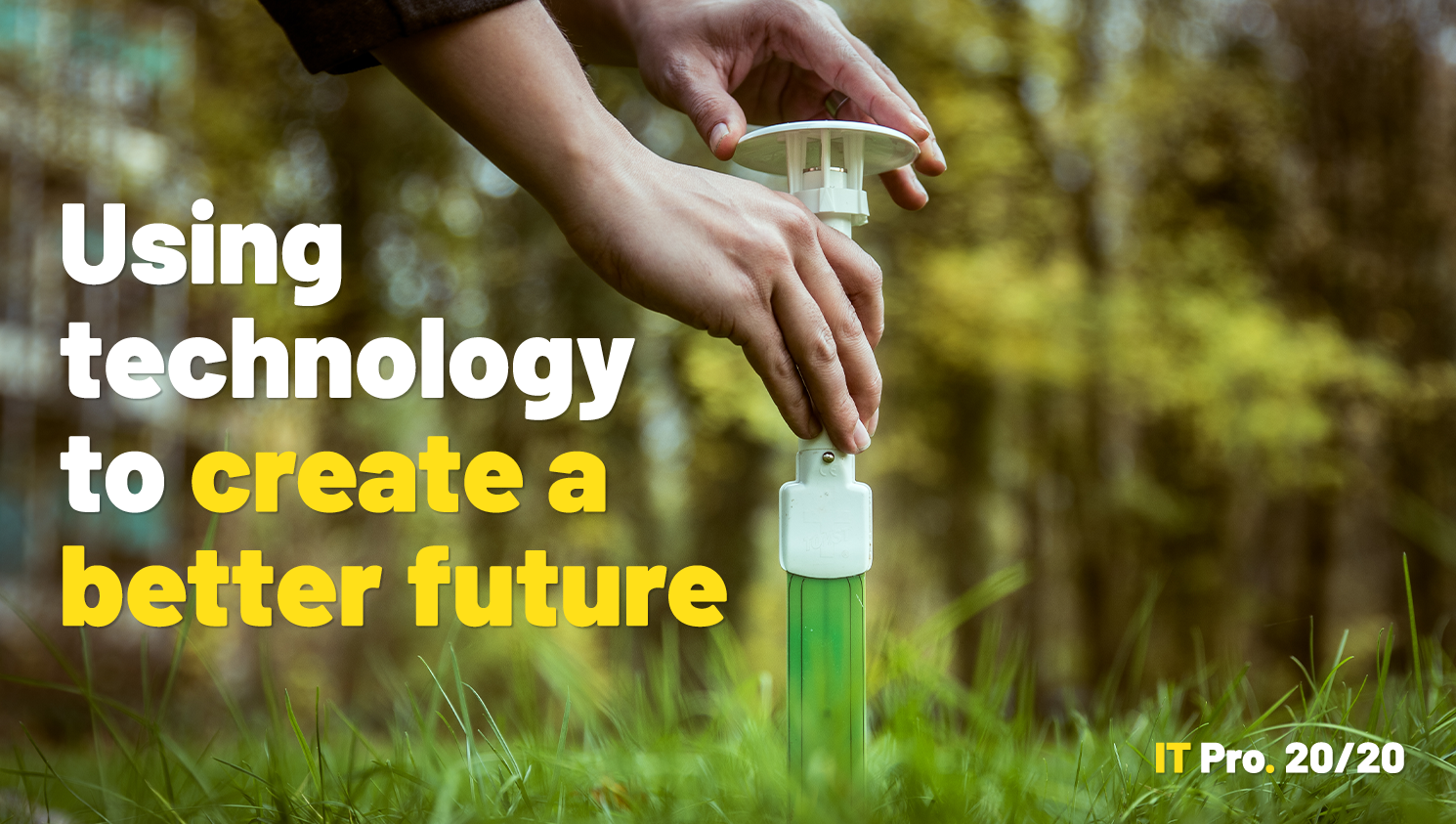Immersive tech can be more than just a gimmick
Technologies like AR and VR are falling in price and expanding in potential applications, but are business leaders any more tempted?


This article originally appeared in issue 21 of IT Pro 20/20, available here. To sign up to receive each new issue in your inbox, click here
With the resurgent development of low-cost mixed reality hardware in recent years, there’s a renewed impetus to use these devices in real-world business environments. However, enterprises are already oversaturated with innovative technologies, so do virtual reality (VR) and augmented reality (AR) warrant prioritising over anything else?
Microsoft’s HoloLens 2 has been widely deployed across the engineering sector and is increasingly becoming an important healthcare tool, especially in surgery. Although businesses and their staff have been adjusting to working in digital spaces, these aren’t as immersive. The value of shifting two-dimensional communications to three-dimensional immersive experiences is slowly being realised, though, as the hardware and software being developed strive to become as common as a Microsoft Teams call.
For many organisations, VR may be too complex to pursue and offers few practical applications. AR, on the other hand, could sustain wider usage. Smartphone-based AR applications already exist, but all eyes are on the next generation of smart glasses. Google Glass laid the foundations, but with Apple, Facebook and Amazon all developing their own versions, this technology could be one that organisations integrate into their core business processes, in areas from communications to recruitment.
This technology is still several generations away from maturing, with Facebook’s CFO David Wehner revealing in March the newly launched Ray-Ban smart glasses wouldn’t have the capabilities many had initially hoped for. Outside of specialist applications, such as engineering and healthcare, VR, too, will continue to evolve, albeit at an even slower pace than AR. As the hardware becomes less cumbersome and the userbase much wider than gaming and other early adopters, however, these technologies may find their way into the core thinking of more and more organisations.
Mixed reality savings
The pandemic has taught business leaders that simply buying more digital tools won't deliver sought-after efficiency gains. As remote working looks set to continue, adopting more engaging communications tools is crucial for supporting post-COVID digital transformation roadmaps.
The value businesses might gain from implementing VR and AR could be vast. Take business travel, for example. Figures from the Office for National Statistics (ONS) show the number of UK business trips made before the pandemic was, on average, 1.26 million per month, with business costs of £6.3 billion per year. Research by Statista also reveals the average cost of one business trip is £280. Making a one-time purchase of VR headsets instead, priced at roughly £300 apiece, could create substantial savings.
Get the ITPro daily newsletter
Sign up today and you will receive a free copy of our Future Focus 2025 report - the leading guidance on AI, cybersecurity and other IT challenges as per 700+ senior executives
Another major area where VR and AR technologies are used is training. Energy company Shell, for example, uses VR as part of its dynamic training to ensure staff are fully prepared to work in hazardous environments. Meanwhile, research published by FutureLearn has found a third of respondents surveyed want to see more VR in education, with nearly half of UK adults (48%) believing digital platforms will be at the forefront of delivering education in the coming years. It's likely then that immersive experiences represent the future of how businesses will train their staff.
Buying into technology for its own sake has never been helpful for businesses. The same applies to investing in AR and VR systems, with any new projects requiring a clearly defined goal and a detailed route to achieving these aims. The relaunch of Oculus for Business and the use cases it could reveal point to a VR-inspired working environment where immersive technologies sit alongside traditional tools.
Don't replace, augment
RELATED RESOURCE

IT Pro 20/20: Using technology to create a better future
Issue 21 of IT Pro 20/20 looks at the newest innovations and projects shaping our interactions with the world around us
The key is to use VR in appropriate settings where users benefit from its unique capabilities. For example, using immersive technologies, the University of Wolverhampton (UoW) created 3D digital visualisations of its new £45 million Springfield Campus, where the School of Architecture and Built Environment is based. This provides UoW with a new way to analyse, manage and interact with the built world. James Morris-Manuel, MD EMEA for Matterport, the platform UoW used to create this digital twin, tells IT Pro VR and AR are essential tools. "Immersive technologies will go mainstream as both hardware and software combined continuously improve in conjunction with game-changing technologies,” he says. David Heesom, UoW reader in building information modelling (BIM), adds: “Taking apart a building and reconstructing it in a new location is not a time-tested process but with Matterport, doing this accurately and effectively for historical preservation is suddenly possible. We have a lot of history, and a lot of stories, and Matterport is making preserving these important sites with care a reality.”
Earlier this year, Accenture reported that 65% of executives expected their organisation’s investment in intelligent digital twins to increase over the next three years, with various pieces of research, including data from Markets and Markets, projecting exponential growth of the digital twin industry over the next three to five years. Beyond UoW, there are more and more examples of organisations adopting immersive tech to create digital twins.
This year’s Goodwood Festival of Speed, for example, was turned into a smartphone-friendly hybrid experience with an AR twist. At-home viewers could view the entire venue in AR, scaling it to fit their environment while watching the cars zoom around the track. “By adopting a hybrid approach to the event, this year’s future-facing Central Feature allowed us to connect with both in-person spectators and remote viewers on a deeper level to create a show-stopping event for our visitors, no matter where they were based,” says Adam Waterworth, event managing director at Goodwood. “We worked closely with innovation studio UNIT9 to turn the installation, which measured 50 metres in length and 22 metres in height, into a smartphone-friendly hybrid experience to celebrate iconic British sports car company Lotus Cars.”
Overlaying the real world with additional information clearly has multiple applications across several industries; Dent Reality wants to revolutionise our shopping trips to supermarkets and Nextech AR has launched a virtual fitting room, while wayfinding AR applications are becoming popular in airports. The trajectory for AR and VR technologies is positive, particularly with hardware becoming smaller and lighter, and mainstream business cases emerging more frequently. Although VR-equipped surgeons might grab the headlines, the real power of this technology might be when it becomes commonplace in communications and collaboration.
David Howell is a freelance writer, journalist, broadcaster and content creator helping enterprises communicate.
Focussing on business and technology, he has a particular interest in how enterprises are using technology to connect with their customers using AI, VR and mobile innovation.
His work over the past 30 years has appeared in the national press and a diverse range of business and technology publications. You can follow David on LinkedIn.
-
 Bigger salaries, more burnout: Is the CISO role in crisis?
Bigger salaries, more burnout: Is the CISO role in crisis?In-depth CISOs are more stressed than ever before – but why is this and what can be done?
By Kate O'Flaherty Published
-
 Cheap cyber crime kits can be bought on the dark web for less than $25
Cheap cyber crime kits can be bought on the dark web for less than $25News Research from NordVPN shows phishing kits are now widely available on the dark web and via messaging apps like Telegram, and are often selling for less than $25.
By Emma Woollacott Published